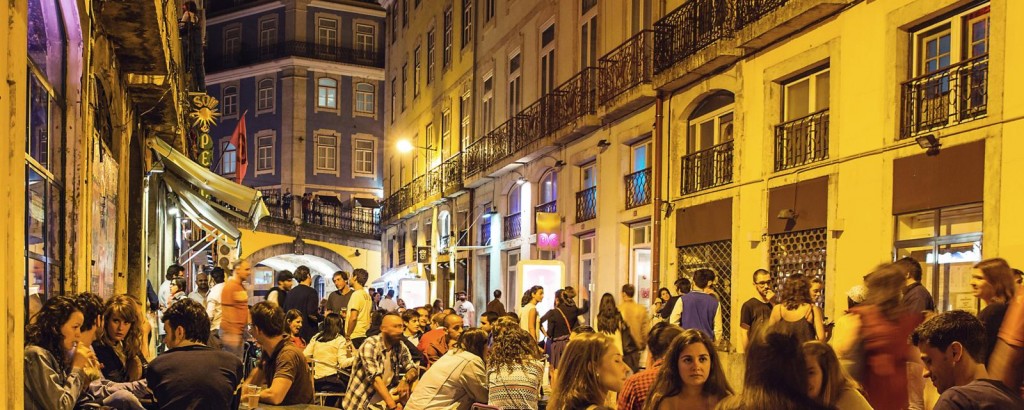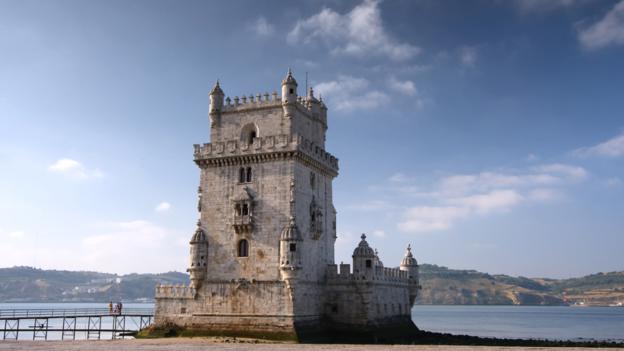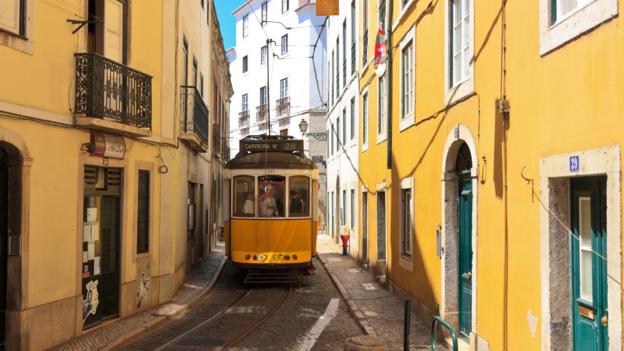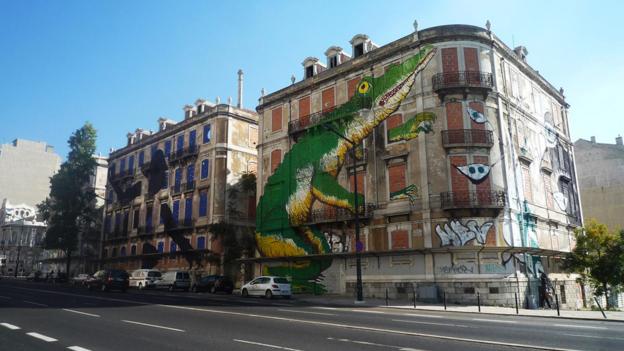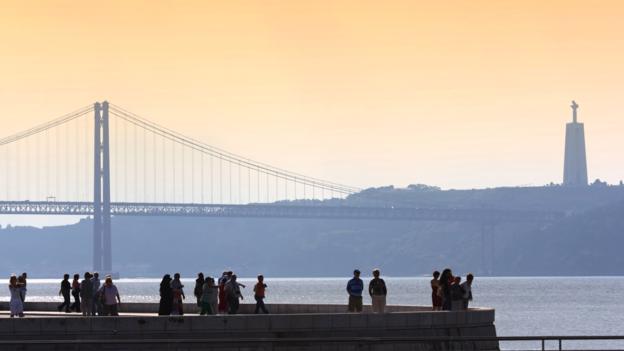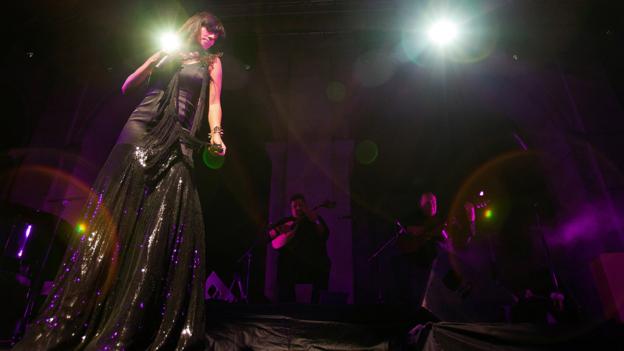Europe’s best work-and-play city
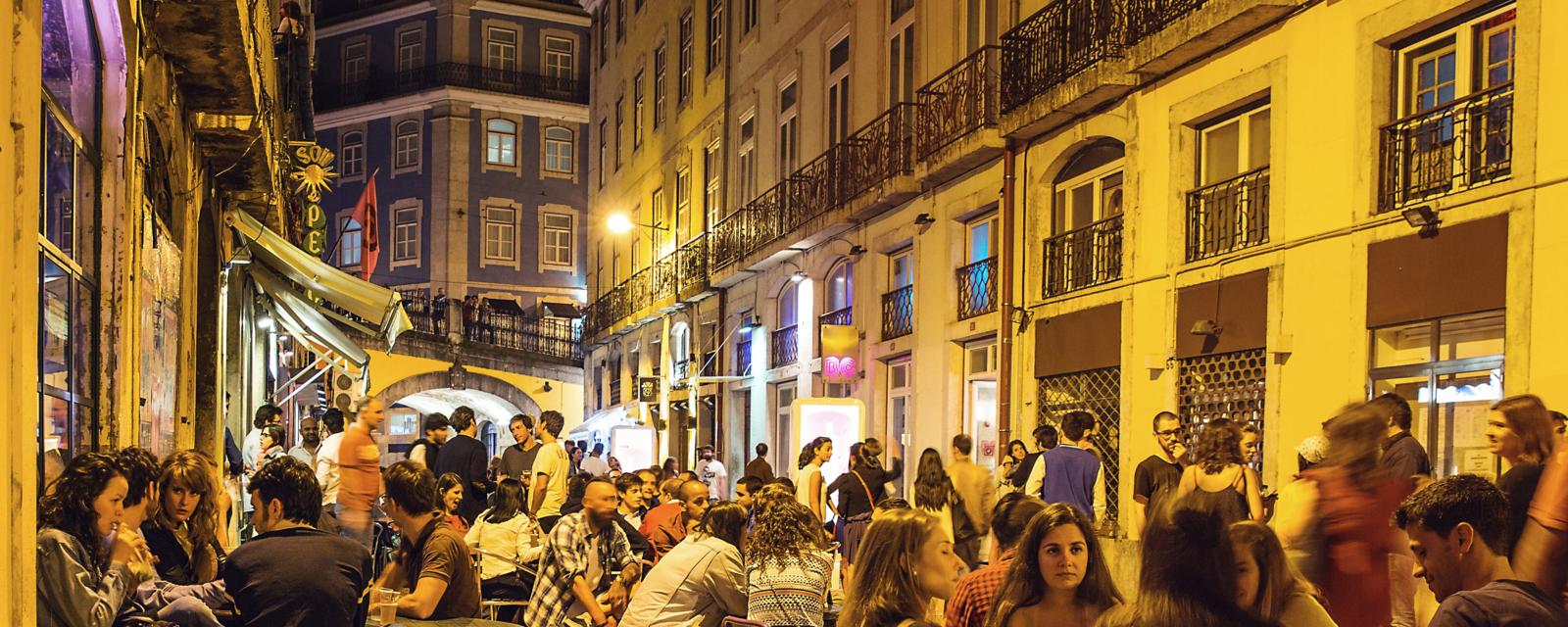
Take a look at the city staking a claim to the title comeback king, with start-ups, surf and sunshine.
A city still getting back on its feet after the Eurozone crisis which battered the national economy, Lisbon's working hard to support home-grown businesses and attract fledgling entrepreneurs from around the globe.
Over the last three years the council's support for start-ups has helped the city win the title of 2015 European Entrepreneurial Region of the Year. At the same time, it’s also undergone a facelift: crumbling city centre properties have been renovated and new shops and cafes have opened, as workers return.
“The change has been dramatic,” said Rui Coelho, executive director of InvestLisboa, Lisbon’s investment promotion agency. “We saw all-time record investment in real estate, tourism and entrepreneurship in 2015. This is fantastic.
However, we’re not complacent. Unemployment is still very high and regarding rehabilitation of the city centre there is still a lot to be done.”
Although unemployment nationally has dropped from a high of 17.5% in 2013 at the end of 2015 it was still running at 12.2% of the population.
The change has been dramatic. We saw all-time record investment in real estate, tourism and entrepreneurship in 2015.
Startup Lisboa, founded in 2011 has helped create more than 250 businesses.
About 30% of new entrepreneurs are foreigners. “Because of technological evolution, talented people can work and live anywhere so they choose a nice place to live and for sure Lisbon is one of these places,” he said. Among the start-ups, high-tech, tourism and creative industries are particularly well represented, he said.
Set on the Atlantic coast this port city is a relatively small capital of 548,000 people, with golden sandy beaches and 220 days of sunshine a year. Lisbon offers a work-live-surf-and-golf culture in a picturesque setting where English is widely spoken.
Plus, office and staffing costs are relatively low compared with other capitals in Western Europe.
With practically no heavy industry, the service sector is everything. Major players who have established service centres here include Japanese IT equipment and services provider Fujitsu, French bank BNP Paribas, US IT networking equipment firm Cisco, Finnish data networking and telecommunications company Nokia Networks, and the Belgian chemical firm Solvay among others. Energy firms Subsea 7, Technip and National Oilwell Varco have their service sector operations here, as does business jet firm Netjets.
Office and staffing costs are relatively low compared with other capitals in Western Europe.
The city pulls in more than four million visitors a year, with around 40% arriving for business.
Cultural know-how
This relatively small capital operates with a subtle mix of formality and spontaneity.
“Oftentimes in the States, when you ask for a meeting, people will look at their calendar and say, ‘Can we meet in three weeks?’ But in Lisbon people will say, ‘Sure, why don’t you come over this afternoon for a coffee?” said Maureen Ferguson, a consultant in food, beverages and hospitality, who recently moved to Lisbon from Philadelphia in her native US.
“People are very warm and friendly and their English is spectacular but friendship has to be earned. It takes a little while to move from talking about business to sharing personal information,” Ferguson said. The perfect icebreaker is to enquire about regional cuisine and wines, she advised.
There’s a real can-do entrepreneurial spirit in Lisbon right now.
Due partly to the financial crisis (which overturned career expectations for so many Portuguese), there’s a tangible openness to new ideas in the city. “There’s a real can-do entrepreneurial spirit in Lisbon right now. People love their traditions but they are also very open to innovation,” she said. “During the crisis lots of people found opportunities to live elsewhere and to discover different ways of doing things.
Now that there’s starting to be more opportunity here they’re coming back and bringing all that energy with them.”
Airport:
About 7 km (4 miles) north of the city centre, Lisbon Portela is Portugal’s slick, modern, primary airport with direct links to 43 countries and 110 destinations. In addition to flights from many European cities, these include the African cities of Accra, Bamako, Dakar, Luanda, Maputo, and in the Americas, Rio de Janiero, Sao Paolo and Brasilia; Boston, Miami and New York; Bogota, Caracas, Panama.
Terminal 1 offers a range of high end shops and restaurants, while Terminal 2 is used mainly by budget airlines and has very limited facilities.
Metro trains run directly from the airport into the city centre (Saldanha metro station) from 06.30 until late and take 21 minutes. Tickets cost 1.40 euros ($1.52).
The majority of business travellers will take a taxi to reach the town centre quickly, this will cost about 15 euros ($16.33) and take about 15 minutes, but prices are higher at night and there is also a charge for luggage. Hiring a car is also popular as it’s a low cost alternative for meetings beyond central Lisbon, costing around 30 euros per day, plus fuel, for an economy car such as an Opel Corsa.
Money matters
Amex and Visa are widely accepted, Mastercard slightly less so, but it’s useful to carry around 50 euros ($54) in cash for all small purchases, taxis and snacks. A bica (espresso) costs 60-80 euro cents (67-85 US cents) in a neighbourhood café, a pastel de nata around one euro (the famous custard tarts baked in Belem).
Much of the fish and seafood is priced by weight so make sure you’re clear about the quantity you want.
It will cost more if you sit outside on the terrace or if you’re in a tourist hot spot. If service isn’t included the customary tip is around 5%, or up to 10 % in a formal restaurant. No need to tip at all if you’ve just had a snack or a coffee but if you wish, leave the change from the nearest euro.
Hotels
Popular options for business travellers include near Marques de Pombal, the 311-bedroom Epic Sana is a sleek and ‘zeitgeist-y’ five-star option, eight minutes-walk from the nearest metro station, but also offering paid-for covered parking. With 2,169 sqm (23,346 square feet) devoted to flexible event space, the hotel can host anything from a small meeting to a vast banquet. For downtime there’s a spa with indoor pool plus a rooftop outdoor pool.
Also downtown, close to Avenida da Liberdade, the 89-bedroom Inspira Santa Marta is a popular boutique hotel with feng shui styling, a wellness spa and a restaurant which prides itself on offering veggie and vegan options. There are two meeting rooms and a cinema-style auditorium. The nearest metro station is only four minutes-walk. Rooms cost from 106 euros ($115) non-refundable.
Dinner for one
Beneath the landmark 25th April suspension bridge, 5 Oceanos is an airy dockside restaurant with a market-style display of glistening fresh fish and seafood. Whether upstairs in the airy modern interior or outside on the terrace, you can enjoy painterly views over the River Tagus as you sample local specialities such as octopus a Lagareiro (oven-baked with potatoes) and razor shell clams Bulhao Pato (in garlic sauce). Much of the fish and seafood is priced by weight so make sure you’re clear about the quantity you want. Open seven days-a-week.
For a great people-watching spot, set within the elegant arcades on the waterfront square of Praca do Comercio (also known locally as Terreiro do Praco), café-restaurant Martinho da Arcada has been a favourite rendezvous since 1782 and is popular with local business people and civil servants. Used in the last century as a writing haunt by Fernando Pessoa, the renowned Portuguese poet, you can pop in for a coffee and pastel de nata (eggy custard tart) on the terrace, or head into the atmospheric interior for white-tablecloth service and hearty local fare such as sardinhas assadas (grilled sardines) or bacalhau (salted cod).
Off the clock
It would be remiss to leave Lisbon without going to hear some fado music, Portugal’s homegrown sound.
Wander through the historic districts of Alfama or Bairro Alto to discover a fado club for yourself or book at a restaurant such as Clube de Fado, a cosy stone-vaulted venue in Alfama near the cathedral. In the Bairro Alto, behind a yellow-tiled façade, the Adega Machado, founded by musician Armando Machado in 1937, also offers poignant performances, accompanied by local and international cuisine.
An ideal way to explore this city of steeply winding streets is to jump on one of the local trams.
To see where Vasco da Gama and other great navigators set sail, head to the western district of Belem, a UNESCO world heritage site where the square shaped Belem Tower has guarded the waterfront for nearly 500 years. Close by lies the sublimely beautiful Jeronimos monastery where sailors returning from the seven seas used to make confession.
Special considerations
An ideal way to explore this city of steeply winding streets is to jump on one of the local trams. Tram line 28 is particularly scenic but as an established tourist highlight it also attracts pickpockets. If you can, ride it when it’s less crowded, first thing in the morning or early evening, and however fascinating the view, keep tabs on your wallet or bag.
Политика конфиденциальности | Правила пользования сайтом
